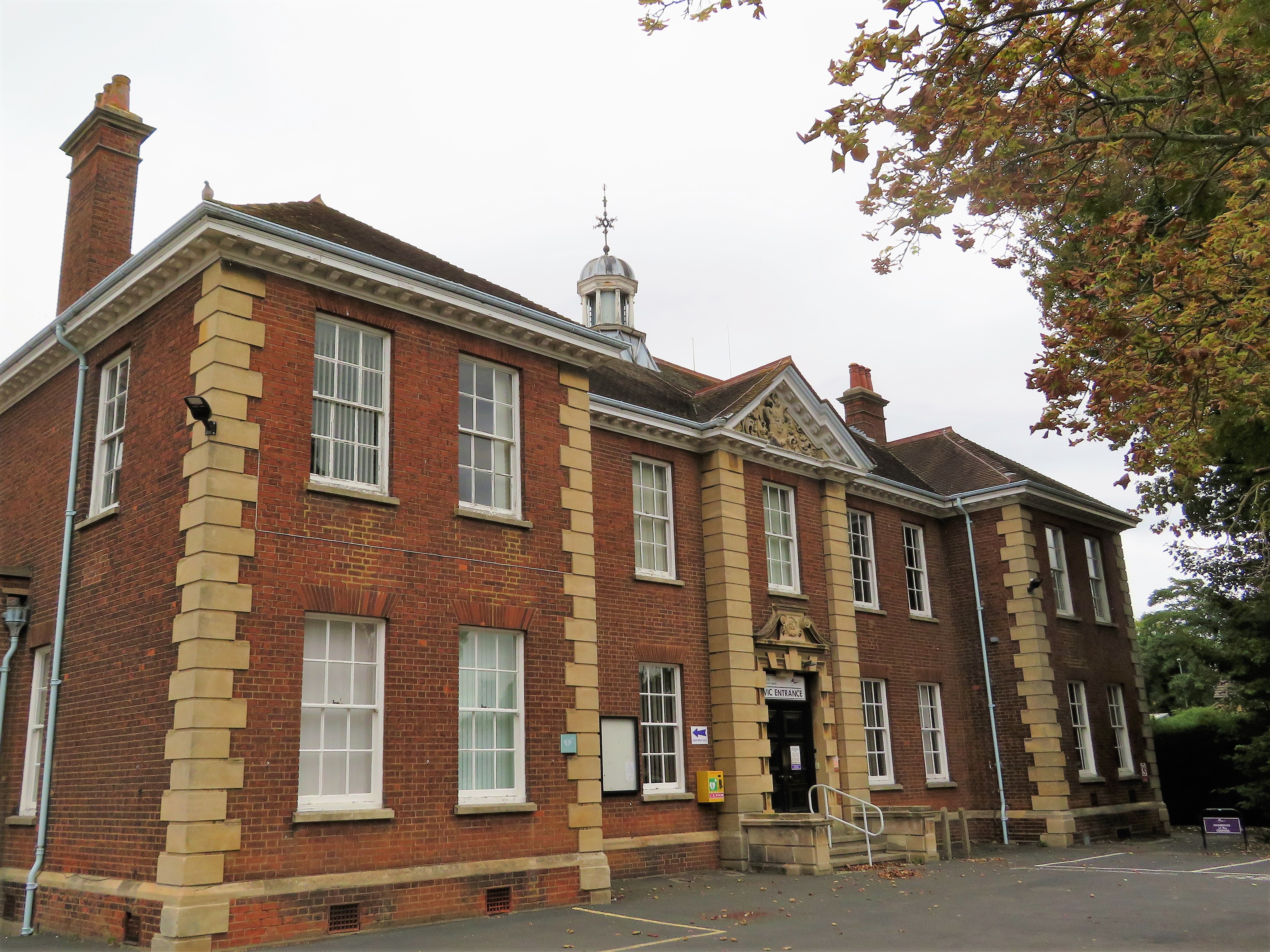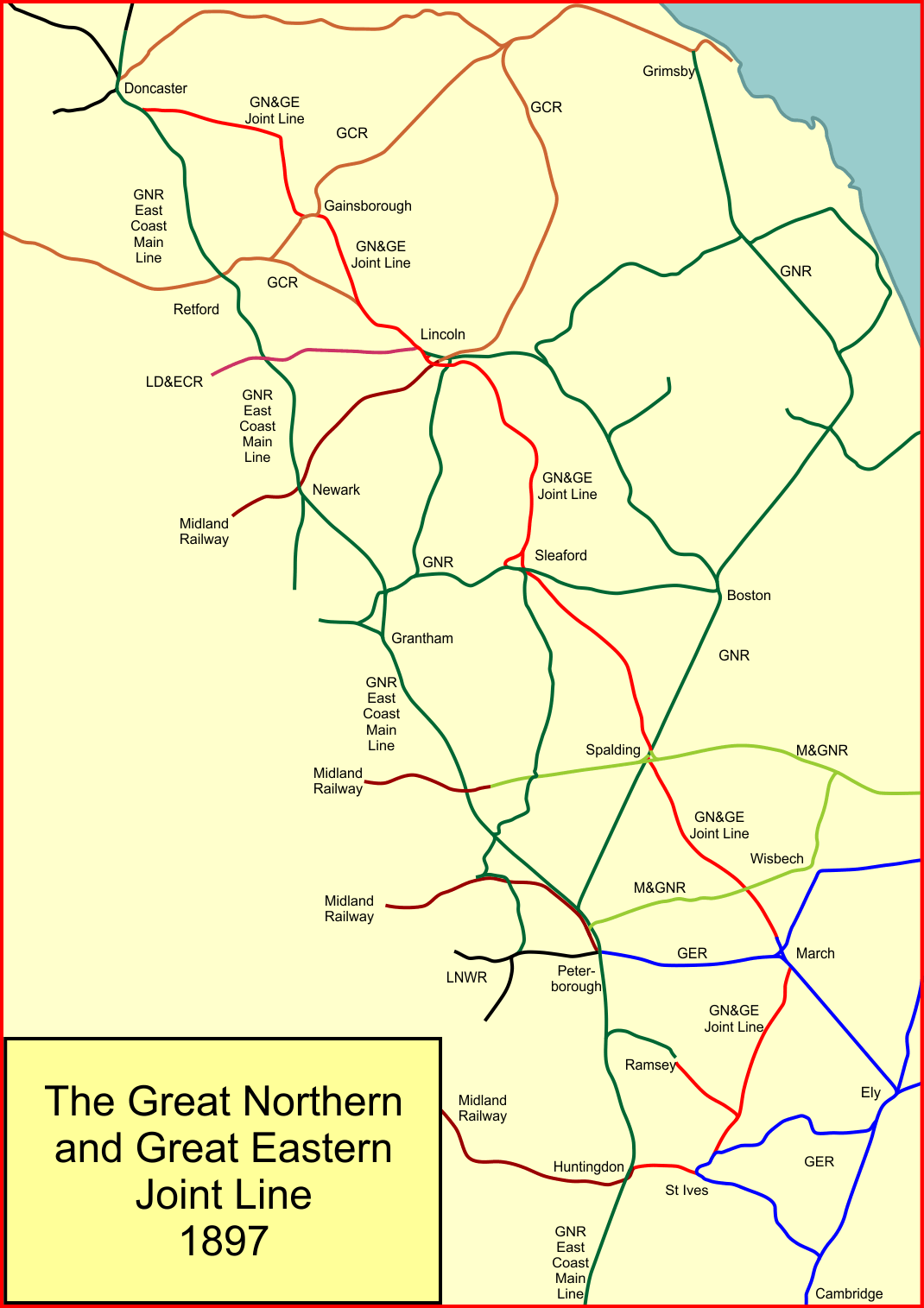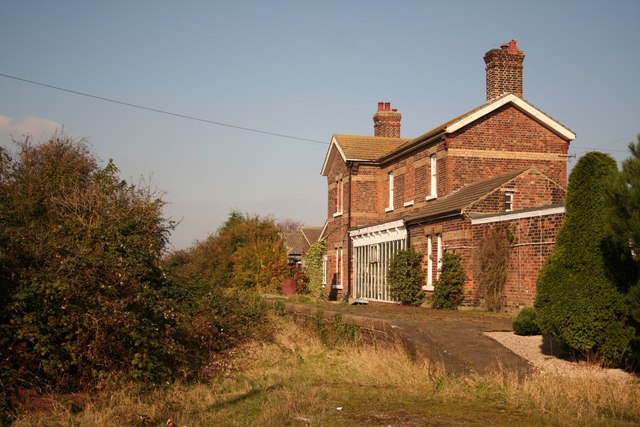|
French Drove And Gedney Hill Railway Station
French Drove and Gedney Hill was a station on the Great Northern and Great Eastern Joint Railway near Gedney Hill in south Lincolnshire Lincolnshire (abbreviated Lincs.) is a county in the East Midlands of England, with a long coastline on the North Sea to the east. It borders Norfolk to the south-east, Cambridgeshire to the south, Rutland to the south-west, Leicestershire ... on the line between Spalding and March. References External links French Drove and Gedney Hill station on navigable 1946 O. S. mapPicture of French Drove and Gedney Hill station Disused railway stations in Lincolnshire Former Great Northern and Great Eastern Joint Railway stations Railway stations in Great Britain opened in 1867 Railway stations in Great Britain closed in 1961 {{Lincolnshire-railstation-stub ... [...More Info...] [...Related Items...] OR: [Wikipedia] [Google] [Baidu] |
Fenland District
Fenland is a local government district in Cambridgeshire, England. It was historically part of the Isle of Ely and borders the city of Peterborough to the northwest, Huntingdonshire to the west, and East Cambridgeshire to the southeast. It also borders the Lincolnshire district of South Holland to the north and the Norfolk district of King's Lynn and West Norfolk to the northeast. The administrative centre is in March. The district covers around of mostly agricultural land in the extremely flat Fens. The population of the district was 98,262 at the 2011 Census. It was formed on 1 April 1974, with the merger of the Borough of Wisbech, Chatteris Urban District, March Urban District, Whittlesey Urban District, North Witchford Rural District and Wisbech Rural District. In 2022 the council was reported to be the second most complained about in the county. Settlements in Fenland District Its council covers the market towns of Chatteris, March, Whittlesey and Wisbech (which is ... [...More Info...] [...Related Items...] OR: [Wikipedia] [Google] [Baidu] |
Great Northern Railway (Great Britain)
The Great Northern Railway (GNR) was a British railway company incorporated in 1846 with the object of building a line from London to York. It quickly saw that seizing control of territory was key to development, and it acquired, or took leases of, many local railways, whether actually built or not. In so doing, it overextended itself financially. Nevertheless, it succeeded in reaching into the coalfields of Nottinghamshire, Derbyshire and Yorkshire, as well as establishing dominance in Lincolnshire and north London. Bringing coal south to London was dominant, but general agricultural business, and short- and long-distance passenger traffic, were important activities too. Its fast passenger express trains captured the public imagination, and its Chief Mechanical Engineer Nigel Gresley became a celebrity. Anglo-Scottish travel on the East Coast Main Line became commercially important; the GNR controlled the line from London to Doncaster and allied itself with the North Ea ... [...More Info...] [...Related Items...] OR: [Wikipedia] [Google] [Baidu] |
Great Northern And Great Eastern Joint Railway
The Great Northern and Great Eastern Joint Railway, colloquially referred to as "the Joint Line"''Joint Line Joy'', in the Railway Magazine, June 2015 was a railway line connecting Doncaster and Lincoln with March and Huntingdon in the eastern counties of England. It was owned jointly by the Great Northern Railway (GNR) and the Great Eastern Railway (GER). It was formed by transferring certain route sections from the parent companies, and by the construction of a new route between Spalding and Lincoln, and a number of short spurs and connections. It was controlled by a Joint Committee, and the owning companies operated their own trains with their own rolling stock. The Joint Line amounted to nearly of route. The motivation for its formation was chiefly the desire of the GER to get direct access to the coalfields of South Yorkshire and elsewhere, and the wish of the GNR to discourage more ambitious incursion by the GER into its own territory, as well as the provision of relief t ... [...More Info...] [...Related Items...] OR: [Wikipedia] [Google] [Baidu] |
London And North Eastern Railway
The London and North Eastern Railway (LNER) was the second largest (after LMS) of the " Big Four" railway companies created by the Railways Act 1921 in Britain. It operated from 1 January 1923 until nationalisation on 1 January 1948. At that time, it was divided into the new British Railways' Eastern Region, North Eastern Region, and partially the Scottish Region. History The company was the second largest created by the Railways Act 1921. The principal constituents of the LNER were: * Great Eastern Railway * Great Central Railway * Great Northern Railway * Great North of Scotland Railway * Hull and Barnsley Railway * North British Railway * North Eastern Railway The total route mileage was . The North Eastern Railway had the largest route mileage of , whilst the Hull and Barnsley Railway was . It covered the area north and east of London. It included the East Coast Main Line from London to Edinburgh via York and Newcastle upon Tyne and the routes from Edinburgh to ... [...More Info...] [...Related Items...] OR: [Wikipedia] [Google] [Baidu] |
Gedney Hill
Gedney Hill is a village and civil parish in South Holland district of Lincolnshire, England. The population of the civil parish at the 2011 census was 737. It is situated close to the border of Cambridgeshire, and approximately south-east of Spalding, west of Wisbech and south of Holbeach. Community The name Gedney is from the Old English 'gaeda+eg', or "island of Gaeda". In 1885 ''Kelly's Directory'' noted the existence of an 1859-60 built school, endowed with church lands and holding 100 pupils, agricultural production of wheat, oats, potatoes and beans, and the French Drove railway station.''Kelly's Directory of Lincolnshire with the port of Hull'' 1885, p. 414 The French Drove and Gedney Hill railway station on the branch line between Postland and Murrow closed in 1964. The line was part of the Great Northern and Great Eastern Joint Railway. Gedney Hill Golf Club, designed by Charles Britton in 1989, has a 5257-yard parkland course of 18 holes. Gedney Hill ... [...More Info...] [...Related Items...] OR: [Wikipedia] [Google] [Baidu] |
Lincolnshire
Lincolnshire (abbreviated Lincs.) is a county in the East Midlands of England, with a long coastline on the North Sea to the east. It borders Norfolk to the south-east, Cambridgeshire to the south, Rutland to the south-west, Leicestershire and Nottinghamshire to the west, South Yorkshire to the north-west, and the East Riding of Yorkshire to the north. It also borders Northamptonshire in the south for just , England's shortest county boundary. The county town is Lincoln, where the county council is also based. The ceremonial county of Lincolnshire consists of the non-metropolitan county of Lincolnshire and the area covered by the unitary authorities of North Lincolnshire and North East Lincolnshire. Part of the ceremonial county is in the Yorkshire and the Humber region of England, and most is in the East Midlands region. The county is the second-largest of the English ceremonial counties and one that is predominantly agricultural in land use. The county is fourth-larg ... [...More Info...] [...Related Items...] OR: [Wikipedia] [Google] [Baidu] |
Spalding, Lincolnshire
Spalding () is a market town on the River Welland in the South Holland district of Lincolnshire, England. The town had a population of 31,588 at the 2011 census. The town is the administrative centre of the South Holland District. The town is located between the cities of Peterborough and Lincoln, as well as the towns of Bourne, March, Boston, Wisbech, Holbeach and Sleaford. The town was well known for the annual Spalding Flower Parade, held from 1959 to 2013. The parade celebrated the region's vast tulip production and the cultural links between the Fens and the landscape and people of South Holland. At one time, it attracted crowds of more than 100,000. Since 2002 the town has held an annual pumpkin festival in October. History Ancient Archaeological excavations at Wygate Park in Spalding have shown that there has been occupation in this area from at least the Roman period, when this part of Lincolnshire was used for the production of salt. It was a coastal siltland. At Wyg ... [...More Info...] [...Related Items...] OR: [Wikipedia] [Google] [Baidu] |
Murrow West Railway Station
Murrow West railway station was a station on the Great Northern and Great Eastern Joint Railway in Murrow, Cambridgeshire between Spalding, England, and March. It opened in 1867 and was closed by the British Transport Commission in July 1953 due to low usage. The line itself survived until closure by British Rail in November 1982. The station has mostly been demolished although the signal box still survives, having been converted into a private dwelling after the closure of the line and subsequent removal of the track. A second station for the village, Murrow East railway station, was situated on the Midland and Great Northern Joint Railway The Midland and Great Northern Joint Railway (M&GNJR) was a railway network in England, in the area connecting southern Lincolnshire, the Isle of Ely and north Norfolk. It developed from several local independent concerns and was incorporated i ... a short distance away - this route intersected the GN&GE Joint line on the level immedi ... [...More Info...] [...Related Items...] OR: [Wikipedia] [Google] [Baidu] |
Postland Railway Station
Postland railway station was a station on the Great Northern and Great Eastern Joint Railway in Crowland, Lincolnshire, which is now closed. It originally opened in 1867, and remained open to passengers until 1961. It was closed permanently in 1965. Services to Cambridge and Doncaster ran from here. The station building and former signal box now lie on the B1166, which runs from Crowland to Throckenholt, and the station building has now been converted into a house. Train passengers from Crowland and the surrounding area must use either Spalding railway station or Peterborough railway station Peterborough railway station serves the city of Peterborough, Cambridgeshire, England. It is down the East Coast Main Line from . The station is a major interchange serving both the north–south ECML, as well as long-distance and local e .... References External links Postland station on navigable 1946 O. S. map Disused railway stations in Lincolnshire Former Great ... [...More Info...] [...Related Items...] OR: [Wikipedia] [Google] [Baidu] |
Former Great Northern And Great Eastern Joint Railway Stations
A former is an object, such as a template, gauge or cutting die, which is used to form something such as a boat's hull. Typically, a former gives shape to a structure that may have complex curvature. A former may become an integral part of the finished structure, as in an aircraft fuselage, or it may be removable, being using in the construction process and then discarded or re-used. Aircraft formers Formers are used in the construction of aircraft fuselage, of which a typical fuselage has a series from the nose to the empennage, typically perpendicular to the longitudinal axis of the aircraft. The primary purpose of formers is to establish the shape of the fuselage and reduce the column length of stringers to prevent instability. Formers are typically attached to longerons, which support the skin of the aircraft. The "former-and-longeron" technique (also called stations and stringers) was adopted from boat construction, and was typical of light aircraft built until the ... [...More Info...] [...Related Items...] OR: [Wikipedia] [Google] [Baidu] |
Railway Stations In Great Britain Opened In 1867
Rail transport (also known as train transport) is a means of transport that transfers passengers and goods on wheeled vehicles running on rails, which are incorporated in tracks. In contrast to road transport, where the vehicles run on a prepared flat surface, rail vehicles (rolling stock) are directionally guided by the tracks on which they run. Tracks usually consist of steel rails, installed on sleepers (ties) set in ballast, on which the rolling stock, usually fitted with metal wheels, moves. Other variations are also possible, such as "slab track", in which the rails are fastened to a concrete foundation resting on a prepared subsurface. Rolling stock in a rail transport system generally encounters lower frictional resistance than rubber-tyred road vehicles, so passenger and freight cars (carriages and wagons) can be coupled into longer trains. The operation is carried out by a railway company, providing transport between train stations or freight customer faciliti ... [...More Info...] [...Related Items...] OR: [Wikipedia] [Google] [Baidu] |





